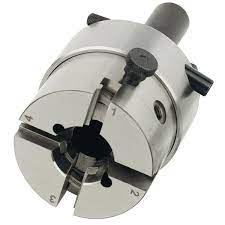- Joined
- Feb 17, 2021
- Messages
- 471
BEEN USING A GRIZZLY 4X6 AS A LEARNING TOOL AND HAVING FUN MAKING PARTS AND $$$$ TOO  BUT the time will come when Ill need a BIGGER LATHE WHICH IS ON THE HORIZON. AND COMING SOON..........BEEN SEEING SOME INFO ON YOUTUBE RE DIE HOLDERS VS. SINGLE CUT THREADING AND LIKE THE DIE HOLDER IDEA WAY BETTER WHICH SEEMS less complicated AND DOES THE SAME JOB, SO WHEN I GET MY NEW 7x14 WILL SEE HOW IT GOES.......I didnt pay too much for the 3 die set and really dont plan to use it that much, but its thier if the time comes.
BUT the time will come when Ill need a BIGGER LATHE WHICH IS ON THE HORIZON. AND COMING SOON..........BEEN SEEING SOME INFO ON YOUTUBE RE DIE HOLDERS VS. SINGLE CUT THREADING AND LIKE THE DIE HOLDER IDEA WAY BETTER WHICH SEEMS less complicated AND DOES THE SAME JOB, SO WHEN I GET MY NEW 7x14 WILL SEE HOW IT GOES.......I didnt pay too much for the 3 die set and really dont plan to use it that much, but its thier if the time comes.
Last edited:


